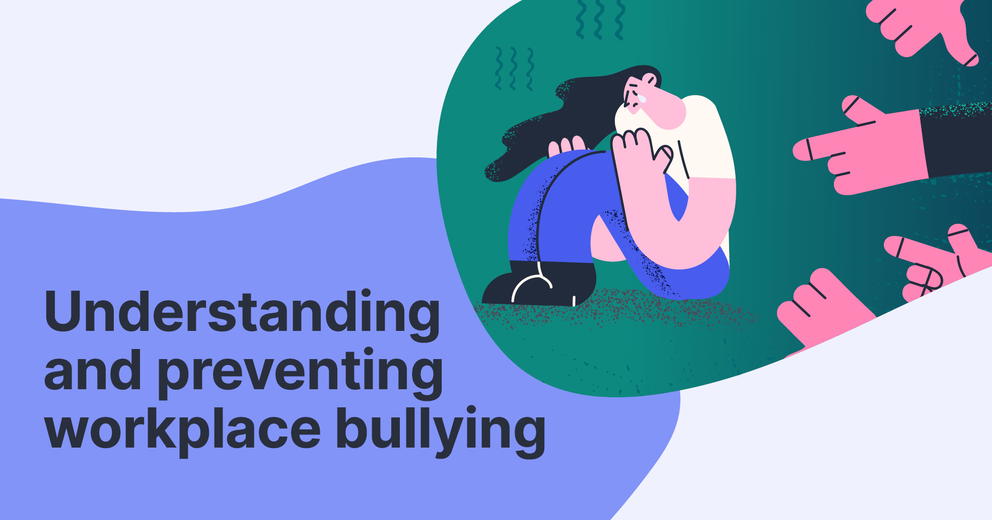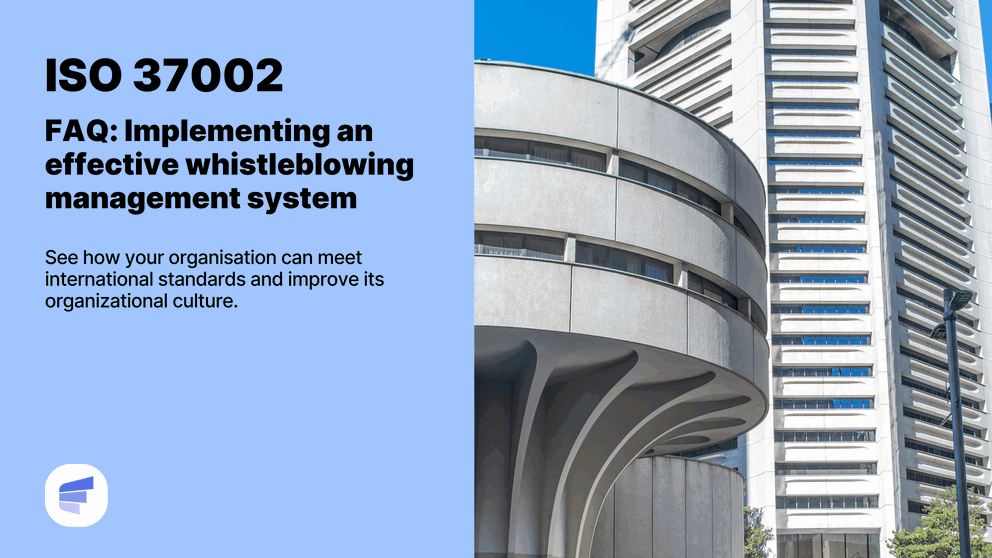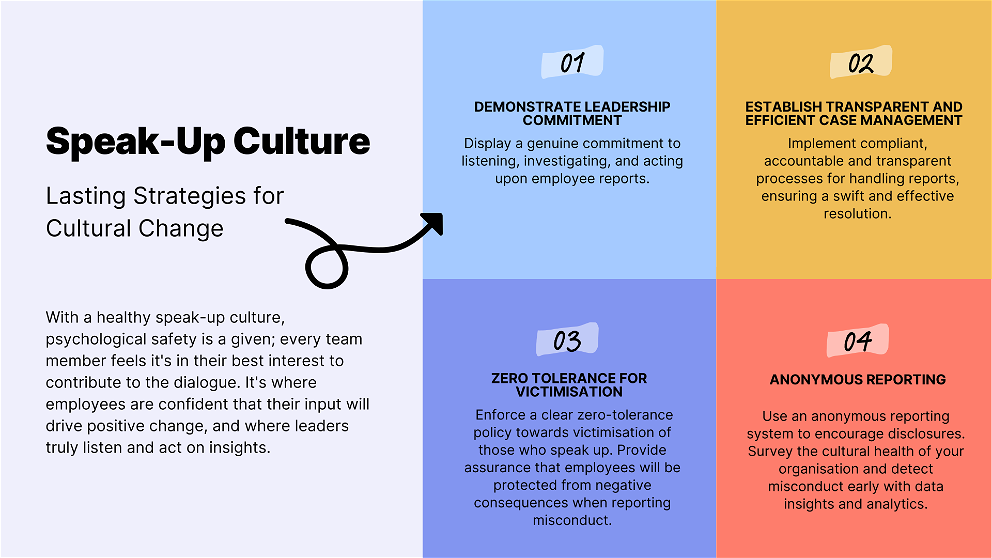Understanding and preventing workplace bullying

What constitutes workplace bullying
Workplace bullying is defined as repeated, unreasonable behaviour directed towards one or more workers. It may be characterised by verbal, physical, or psychological abuse that undermines the employee's performance, safety and mental health. Bullying can happen online in remote or work-from-home contexts, or the physical workplace.
Overt bullying behaviours
- Verbal abuse, such as being sworn at, threatened, or insulted.
- Physical acts, like pushing or shoving.
- Intimidating or hostile behaviour towards a staff member.
- Abusive communication or sending offensive material.
- Threatening body language.
- Unfair allocation of tasks, like repeatedly requiring an individual to work beyond regular hours.
- Repeatedly offloading work onto a colleague.
- Deliberately inconvenience a particular employee by changing the work roster.
- Inappropriate interference with personal belongings or work equipment.
Subtler forms of bullying in the workplace
- Unjustified criticism or complaints.
- Gossip, belittling, and spreading malicious rumours.
- Excluding someone from work related events, activities or conversations.
- Withholding critical job-related information to hamper someone's performance.
- Unreasonably isolating an employee from peers or team interactions.
- Cyberbullying, including using digital platforms to harass, threaten, or demean an individual.
- Mind games and practical jokes
In a 2016 study by Safe Work Australia, over a third of workers have experienced some form of work-related violence or bullying at work at some point in their careers.
What isn't workplace bullying?
It's important to distinguish between bullying and legitimate management actions. Reasonable management actions carried out appropriately are not deemed as bullying. For instance:
- Giving constructive feedback reasonably toward an employee's work performance.
- Setting performance goals and deadlines.
- Transferring a worker for operational reasons.
- Not promoting the person due to poor performance.
- Instituting organisational changes after proper consultation.
- Appropriate disciplinary action or reprimanding inappropriate behaviour constructively.
- Terminating employment when justified.
Causes of bullying at work
Bullying in the workplace is rarely an isolated issue. It frequently stems from broader systemic factors that cultivate a setting where such behaviour can thrive. Various psychosocial hazards and other factors can create an environment conducive to bullying, such as:
- Impossible jobs and demands.
- Power imbalance, where individuals in higher positions misuse their authority.
- Unclear job roles or a lack of control over one's tasks.
- A workplace culture that tolerates unreasonable behaviours.
- Leadership that's either too controlling or completely absent.
- Work schedules that are poorly structured or have unrealistic performance expectations.
- A sense of isolation or minimal team support.
- Small businesses may not have a dedicated health and safety representative or the resources to deal with bullying in a reasonable way.
It's worth noting that some demographics, such as young workers, casual employees, or individuals from minority groups, might find themselves more vulnerable to bullying. Their unique position within the workplace dynamics can sometimes make them an easier target.
A legal and ethical perspective
From a legal standpoint, workplace bullying poses significant health and safety risks. The Fair Work Amendment Act 2013 (Cth) clearly defines bullying in section 789FD, highlighting the seriousness with which the law views such behaviours.
Essentially, any actions that would make a reasonable person feel intimidated, victimised, humiliated, or threatened can be deemed bullying behaviours.
But the responsibility doesn't just lie with the individual perpetrator. Employers have a significant duty under common law and various federal and state work health and safety legislation to ensure their work environment is devoid of bullying and harassment. Falling short in this duty isn't just an ethical misstep; it's a breach of established legal standards.
Recent amendments to the Sex Discrimination Act 1984 specifically target bullying, discrimination and harassment on the ground of sex. It's the employer's duty to eliminate all forms of sex discrimination and sexual harassment in the workplace. The Australian Human Rights Commission recently published 7 standards for complying with these new laws.
The impact of bullying at work
Bullying's effects are more profound than just emotional distress. Those on the receiving end often grapple with psychological and physical health problems, such as:
- mental health challenges that include anxiety, panic attacks, depression, lowered self-esteem, and, in some cases, post-traumatic stress disorder.
- health effects, ranging from muscular tension to issues with digestion.
- a decline in work performance, coupled with increased absenteeism and sick leave.
- tense relationships with colleagues, fostering a toxic work atmosphere.
- in extreme situations, the trauma might push individuals towards self-harm or even suicidal thoughts.
What is workplace mobbing?
Mobbing is a form of workplace bullying where a group systematically targets an individual. It's not just a few isolated incidents; it's a coordinated effort to isolate, humiliate, and aggression against a chosen co-worker.
While traditional workplace bullying might be the act of one person, mobbing is a collective endeavour, often driven by a dominant "in-group" of co-workers to force conformity or push the individual out.
How is mobbing different from typical workplace bullying?
While workplace bullying typically sees a powerful individual targeting someone in a weaker position, mobbing is more about the collective and the culture. The group dynamics in mobbing offer participants a shield of plausible deniability, making it challenging to pinpoint blame or identify the main culprits. Often, the organisation's culture, either passively or actively, supports this mobbing, with goals like forcing the individual out.
Mobbing techniques
Mobbing has its tactics, ranging from the subtle to the glaringly obvious:
- Persistent criticism eroding the confidence of the targeted individual.
- Baseless blame, accusing without any solid evidence.
- Spreading falsehoods or malicious gossip.
- Discrimination based on race, gender, religion, or other factors.
- Continuous harassment creating a hostile environment.
- Consistent ignorance making the individual feel overlooked.
- Deliberate isolation from group activities or essential communications.
- Introducing unnecessary obstacles, setting the individual up for failure.
Causes and risks
The roots of mobbing are often multifaceted and can stem from:
- Conformity: A group's need for uniformity in thought and action.
- Low psychological safety: A lack of open communication or an environment where voicing concerns is discouraged.
- Intense workloads and tight deadlines amplifying stress.
- Competitive performance metrics can create internal rivalries, especially when tied to group goals.
- Threat from a high-performing co-worker, especially if they differ in race, gender, or other attributes.
- Ambiguous bullying policy providing a grey area where mobbing can flourish.
How to respond to workplace bullying
Legal obligations for the employer
The Fair Work Act has provisions specifically designed to combat workplace bullying. This legislation encompasses many workers, from permanent employees to contractors, apprentices, interns, and volunteers. While the employer has the authority to make performance-based decisions and take disciplinary actions, these decisions must be executed reasonably and with a consistent approach.
Ignoring or violating these regulations can result in severe legal repercussions, including penalties and fines.
Responsibilities of employees
Reporting: Those who witness workplace bullying must report the incidents. Timely reporting addresses the issue and upholds a safe, respectful work environment.
Supporting: One of the cornerstones of combating workplace bullying is the solidarity of co-workers. Employees can foster a more inclusive and harmonious workplace by actively opposing bullying behaviour and standing by victims.
Obligations: For a comprehensive understanding of employer obligations, individuals can refer to resources like the SafeWork NSW website, which delves deeper into the responsibilities of employers in ensuring worker safety.
Action steps for victims of bullying and sexual harassment
Immediate action: Victims should meticulously document bullying incidents, noting specifics like dates, times, and witnesses. Seeking support, be it within the organisation or externally, is also essential.
External assistance: Numerous resources are available, from counselling services to legal aid organisations, that can provide advice, guidance, emotional backing, and legal support to workers.
Official complaints: Victims can lodge an official complaint using the Fair Work Commission's bullying form if bullying continues unabated.
Seeking assistance for bullying behaviour
Early intervention: Dealing with bullying at its onset can prevent its escalation, offering a more effective resolution and minimising the trauma for the victim. This proactive approach also promotes a healthier workplace.
Mental health support: The emotional and psychological toll of bullying can be overwhelming. Victims need to seek the necessary emotional and social support to navigate this challenging period.
Engaging with HR and management: HR departments are instrumental in dealing with workplace bullying. They typically have protocols to ensure that complaints are investigated thoroughly and impartially. Moreover, victims must know their reports will be treated with discretion and confidentiality.
State government assistance: Organisations like SafeWork NSW and WorkSafe Victoria offer resources, guidance, and support for bullying victims. They provide preventive advice and assist victims in understanding their legal rights and potential avenues for redress. Additionally, the Fair Work Commission offers free legal advice and an eligibility quiz where victims can apply for an order to stop workplace bullying.
Non-government organisations: The Australian Human Rights Commission website has a wealth of resources to foster a safe workplace and stop bullying in the workplace.
What to do if you are being bullied at work
If you are a victim of workplace bullying and are facing a mental health crisis, please seek resources and support from SafeWork NSW. For immediate crisis assistance, reach out to Beyond Blue.
Workplace bullying has ramifications beyond the immediate victim, affecting the broader workplace environment. Employers, co-workers, and regulatory bodies share the onus of prevention through anonymous reporting and addressing bullying. By encouraging a speak-up culture where victims are bystanders who can safely speak out against bullying, the safety and well-being of all employees is protected.
If you witness someone being bullied at work, the following fact sheet by the Australian Human Rights Commission may help you be a more supportive bystander.
Report workplace bullying with Elker
Workplace bullying, often rooted in silence and fear, thrives when victims and witnesses hesitate to come forward. Elker breaks this cycle by providing an essential platform for employees to voice their concerns anonymously.
Anonymous reporting tools like Elker aid workplaces in preventing bullying. They offer a safe channel for individuals to report misconduct without fearing retaliation. By providing an avenue for timely reporting, potential issues can be identified and addressed before they escalate into more severe or widespread problems.
Beyond just anonymous reporting, Elker's cultural and pulse surveys give employers an in-depth look into the prevailing dynamics of their workplace health. These surveys are pivotal in identifying hidden concerns and revealing behaviour patterns that may go unnoticed. They can spotlight areas or teams with a higher risk of experiencing bullying themselves, allowing for targeted interventions and preemptive measures.
Summary
The overarching goal for every organisation should be to cultivate a culture of trust, openness, and mutual respect where every employee feels valued and protected. With anonymous reporting tools, Elker helps transform workplaces into environments where bullying becomes less of a risk and a culture of empathy and understanding prevails.
Book a demonstration of the Elker platform and see how we can transform your workplace culture.


